It is a sweltering summer afternoon and I’m blowing bubbles over the heads of Stephen Frears and Hanif Kureishi while they have their pictures taken in a sun-dappled corner of the latter’s garden. Perched in front of them as they sit side by side – Kureishi, who has been tetraplegic since breaking his neck in a fall in 2022, is in a wheelchair – is a silver cake made to look like a washing machine, commissioned to mark the 40th anniversary of their witty, raunchy comedy-drama My Beautiful Laundrette.
Some of the bubbles land on the cake’s surface, causing everyone present to make a mental note to skip the icing, while others burst on the brim of Frears’s hat or drift into Kureishi’s eyes. It is not perhaps the most dignified look for an esteemed duo celebrating an enduring Oscar-nominated gem. Don’t think they haven’t noticed, either. As the bubbles pop around them, Kureishi upbraids the photographer for trampling on his garden – “Mind my flowers!” – while Frears grumbles: “I could be watching the cricket.”
Get them on to the subject of the film, though, and an aura of pride soon prevails. No wonder. My Beautiful Laundrette, which revolves around a run-down dive transformed into “a jewel in the jacksie of south London” by an Anglo-Pakistani entrepreneur and his lover, did many things: it distilled and critiqued an entire political movement (Thatcherism), portrayed gay desire in unfashionably relaxed terms, and audaciously blended social realism with fable-like magic and cinematic grandeur. It launched a writer (Kureishi), a production company (Working Title, later the home of Richard Curtis), a prestigious composer (Hans Zimmer) and, most strikingly, one of the greatest of all actors: Daniel Day-Lewis, who plays Johnny, the ex-National Front thug teaming up (and copping off) with his former schoolmate Omar (Gordon Warnecke). Or “Omo” as Johnny teasingly calls him even as he licks his neck in public or they douse one another in champagne.
It is well known that Gary Oldman and Tim Roth were also in the running to play Johnny. Frears adds an unlikelier name to the mix. “Kenneth Branagh came to see me,” says the 84-year-old film-maker. “Half a second and you knew: ‘Well, he’s not right.’ But good for him for wanting to do it.”

The leading candidate seemed clear in Frears’s mind, and not only because Day-Lewis threatened to break his legs if he didn’t cast him. “All the girls said: ‘You want Dan.’ He was top of the crumpet list at the Royal Court.” On screen, he is magnetically minimalist. “Dan loved Clint Eastwood,” Kureishi points out. “He loved how still Clint was. You can see the influence: Dan doesn’t move very much.” Frears detected the echo of an even older star. “I remember him standing by the lamppost under the bridge in the scene where he and Omar meet again, and I thought: ‘Ah, I see. You want to play it like Marlene Dietrich.’”
Kureishi, now 70, was already established as a young playwright before he wrote the film. Not that his father was impressed. “He hadn’t come to this country to see his son doing little plays above pubs,” he says in between sips of kefir. “He thought I’d never make a living as a writer, so I really wanted to get moving.”
Frears once likened reading My Beautiful Laundrette to “finding a new continent”. In writing it, Kureishi combined scraps of autobiography with cinematic tropes. “My dad had got me involved with a family friend called Uncle Adi, who ran garages and owned properties. He was kind of a grifter. He took me around these launderettes he owned in the hope that I would run them for him. They were awful fucking places; people were shooting up in there. So I thought I’d write about a bloke running a launderette. Then I thought: ‘Well, he needs a friend.’ It could be a buddy movie, like The Sting. But I couldn’t get a hold on it. Then, as I was writing, they kissed – and suddenly everything seemed more purposeful. Now it was a love story as well as a story about a bloke going into business.”
The tension between Omar and Johnny, his formerly racist pal-turned-lover, was drawn from Kureishi’s own experience of growing up in south London. “Lots of my friends had become skinheads. My best friend turned up at my house one day with cropped hair, boots, Ben Sherman shirt, all the gear. My dad nearly had a heart attack. He’d spent a lot of time trying not to be beaten up by skinheads. It was terrifying to be a Pakistani in south London in the 1970s.”
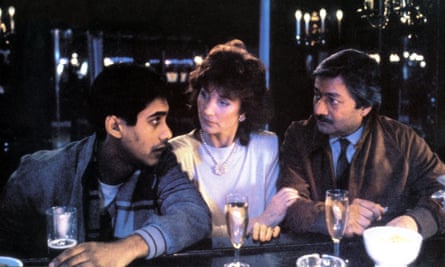
Omar’s uncle, exuberantly played by Saeed Jaffrey, was similarly lifted from life. “He was based on a friend of my father’s: a good-time boy who had a white mistress.” That lover was played in the film by Shirley Anne Field, star of the kitchen-sink classic Saturday Night and Sunday Morning. “She was a woman of such grace and elegance,” sighs Kureishi. “Dan and I would interrogate her all the time: ‘Who’s the most famous person you’ve slept with?’ She’d slept with President Kennedy. And George Harrison!” He still sounds amazed.
When Frears came on board, he made some invaluable suggestions. “Stephen told me: ‘Make it dirty,’” says Kureishi. “That’s a great note. Writing about race had been quite uptight and po-faced. You saw Pakistanis or Indians as a victimised group. And here you had these entrepreneurial, quite violent Godfather-like figures. He also kept telling me to make it like a western.”
Frears looks surprised: “Did I?” Kureishi replies: “Yeah. I never knew what that meant.” There are visual touches that suggest the genre: a Butch Cassidy-esque bicycle ride, a Searchers-style final camera set-up peering through a doorway, not to mention a magnificent crane shot that hoists us from the back of the launderette and over its roof. “I think what Stephen meant is that it’s about two gangs getting ready to fight. The Pakistani group and the white thugs. There’s something coming down the line.”
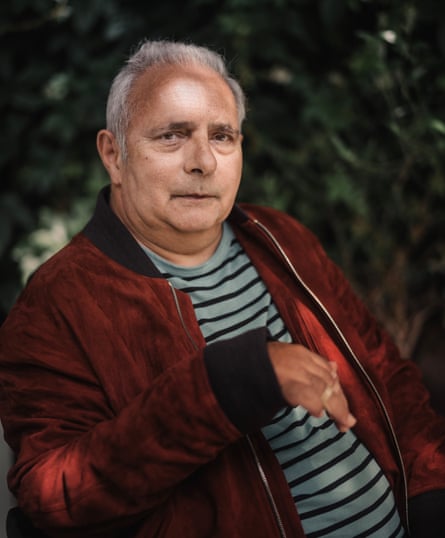
His other note to Kureishi was that the film should have a happy ending. Why? “We’d asked people to invest so much in these characters,” says Frears. “And a sad ending is quite easy in an odd sort of way. This one’s only happy in the last 10 seconds.” Kureishi agrees: “Yeah. But you leave the cinema in a cheerful mood.”
It was a happy ending for the film-makers, too. Frears recalls one reviewer observing that while Kureishi might not be able to spell, he could certainly write. That reminds me: the story goes that Kureishi deliberately misspelt the title as an indictment of his own education. But he scotches that rumour. “I’m from Bromley,” he says. “I thought that was how you spelled it.”
If the film was a skyrocket for its writer, it heralded a new chapter for Frears. He had recently made his second film for cinema – the stylish, ruminative thriller The Hit starring Roth, John Hurt and Terence Stamp – 13 years after his debut, Gumshoe. Ironically, My Beautiful Laundrette, which was shot on 16mm for just £600,000, was only intended to be screened on Channel 4. But a rapturous premiere at the Edinburgh film festival, accompanied by acclaim from critics including the Guardian’s Derek Malcolm, made a cinema release the only possible launchpad. Kureishi recalls that trip with fondness. “I was in Edinburgh with Tim Bevan [of Working Title] and Dan, and we all slept in the same room. I made sure I got the bed, and the others were on the floor. Dan didn’t even have a suitcase, just a toothbrush. Every night, he’d wash his underwear and his socks in the sink and put them on again the next day.”
Blown up to 35mm, this low-budget TV film became a magnet for rave reviews here and in the US (the New Yorker’s Pauline Kael called it “startlingly fresh”), bagged Kureishi an Oscar nomination and helped reinvigorate Frears’s movie career, paving the way for later hits including Dangerous Liaisons, The Grifters and The Queen.
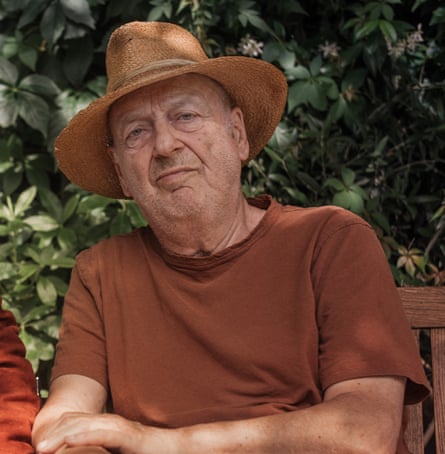
Neither of them has seen it recently. “I don’t watch my old films,” Frears says with a grimace. “You either sit there thinking: ‘I should have done that better.’ Or else: ‘That’s rather good. Why can’t I do that any more?’” I assure them that the picture looks better than ever, whether it’s the visual panache of Oliver Stapleton’s cinematography or the enchanting subtlety of Warnecke’s performance, which was rather overshadowed by Day-Lewis at the time but can now be seen to chart delicately Omar’s gradual blossoming.
It goes without saying that My Beautiful Laundrette was ahead of its time, especially in its blase approach to queerness. When the picture was released in the UK at the end of 1985, homophobia was becoming more virulent and widespread in the media as cases of Aids escalated. The Conservative government’s section 28 legislation, outlawing the “promotion” of homosexuality by local authorities, was just over two years away. The timing of the film’s re-emergence today is not lost on its author. “It’s so hard to be gay now,” says Kureishi. “There’s all this hostility toward LGBT people, so it feels important that the film is out there again in this heavily politicised world where being gay or trans is constantly objectified. It’s a horrible time.”
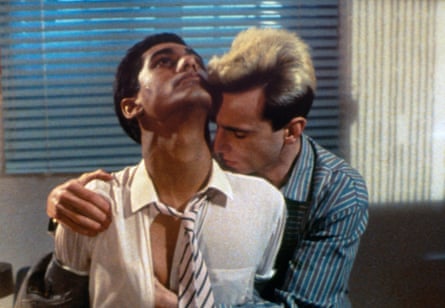
Interviewed in 1986 by Film Comment magazine, however, Kureishi dismissed the idea of it as a “gay film”, and derided the whole concept of categories. “There’s no such thing as a gay or black sensibility,” he said then. How does he feel today? “I still don’t want to be put in a category. I didn’t like it when people called me a ‘writer of colour’ because I’m more than that.” The film, too, is multilayered. “It’s about class, Thatcherism, the Britain that was emerging from the new entrepreneurial culture. I didn’t want it to be restricted by race or sexuality, and that hasn’t changed.”
I wonder if it rankles, then, that My Beautiful Laundrette was voted the seventh best LGBTQ+ film of all time in a 2016 BFI poll. And it does – though not for the reason I had anticipated. “What was above it?” demands Frears in a huff. “Why didn’t it win?”
Still, both men are thrilled that the film was embraced by queer audiences. “If Stephen and I have done anything to make more people gay, we’d be rather proud of that.”

 1 day ago
3
1 day ago
3



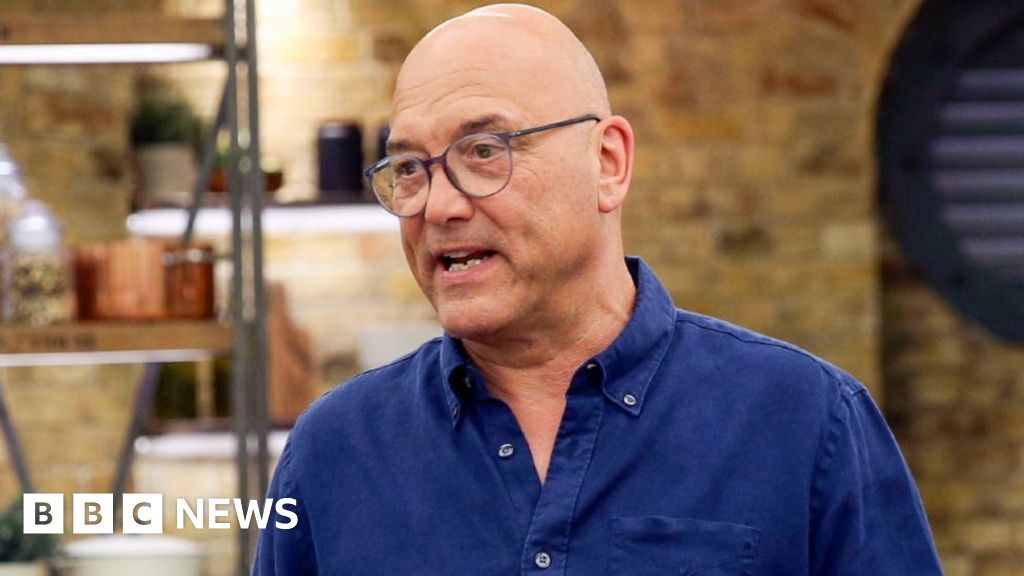


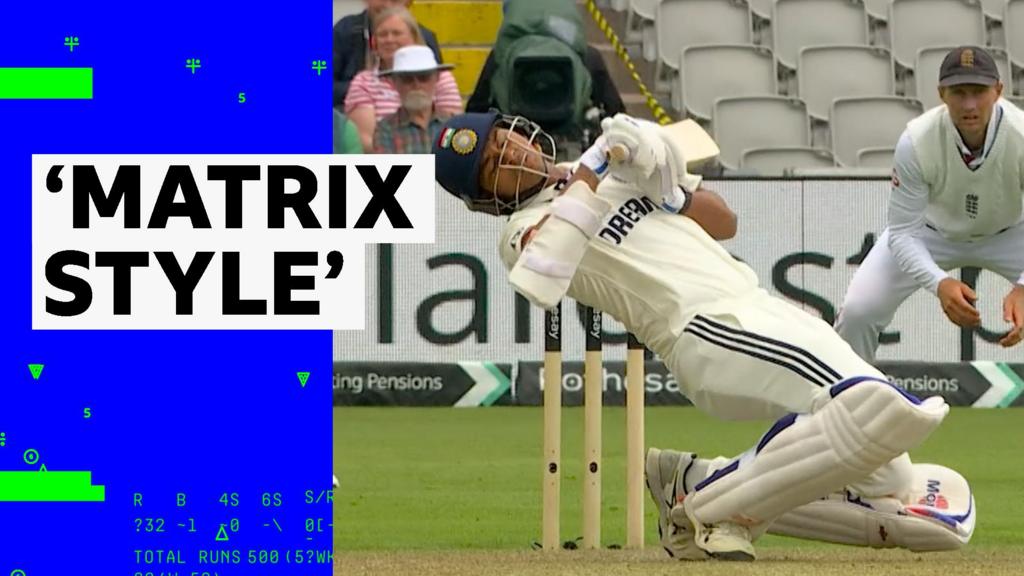
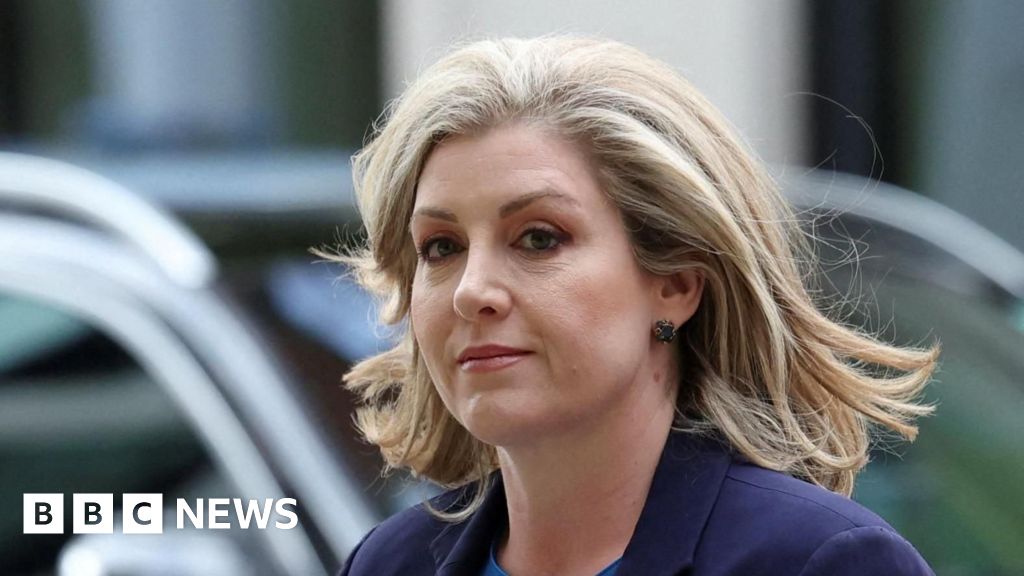

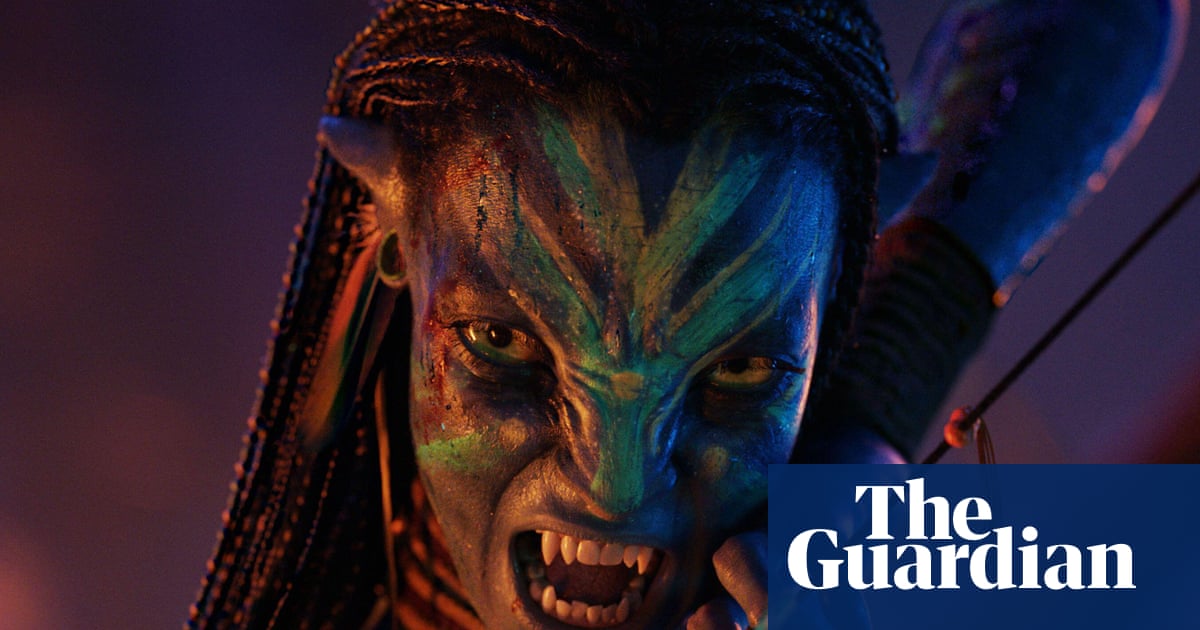
 English (US)
English (US)